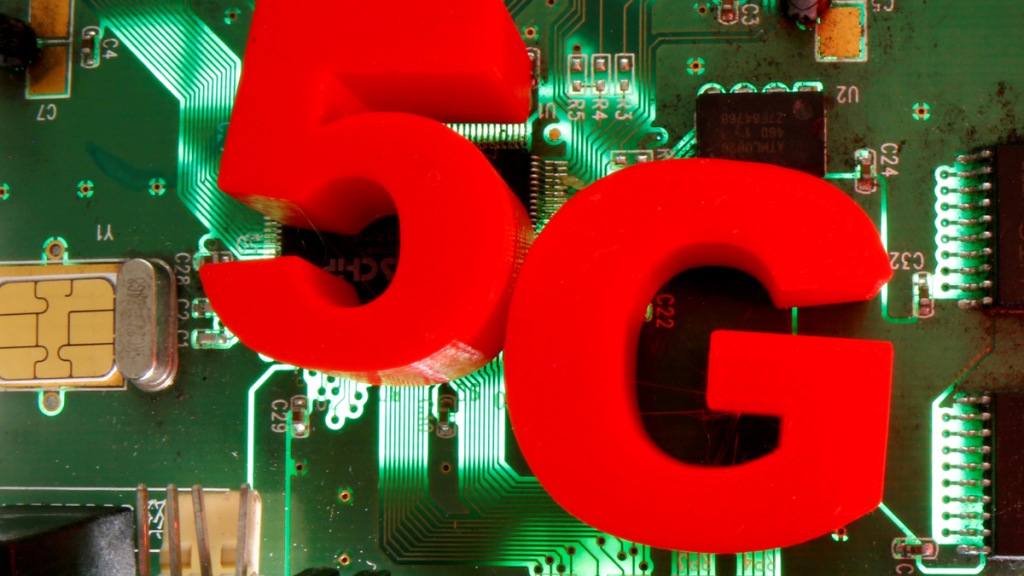By TV Ramachandran
As is often pointed out, nature has fairly provided every country — big or small, rich or poor — the same amount of all types of spectrum. However, a similar principle of equity does not appear to have been applied by nature in the allocation of spectrum disputes and controversies. India has been rather fertile in spawning scams and controversies in the field of spectrum.
Another interesting episode appears to be ripening, and the cognoscenti are rubbing their hands in gleeful anticipation of the magnum opus in the making — this time, as 6 GHz spectrum is deployed in major countries of the world in licence-exempt (unlicensed) conditions for modern Wi-Fi and short-range devices (essential in telemetry, healthcare, research, etc.), the decision in India is being successfully stalled by the high-pressure lobbying of vested interests wanting to block new complementary technologies.
Licence-exempt 6 GHz Wi-Fi is universally accepted to be a great public interest facility, since it gives more affordable and improved quality access to broadband. As we transition to advanced mobile generations like 5G and 6G, the spectrum frequencies are necessarily higher, which unfortunately means poorer penetration into buildings, and hence heighten the need for strong Wi-Fi coverage. To overcome this difficulty, about 84 countries have adopted, evaluated, or introduced unlicensed 6 GHz Wi-Fi.
This is the only band available with 1100 MHz contiguous spectrum to accommodate three overlapping carriers of 320 MHz, which are essential to use the next-gen apps that are available today but are too data-intensive and cannot be handled by the existing Wi-Fi networks based on 2.4 GHz and 5.0 GHz. These next-gen apps of 5G and 6G (of 2030) require modern Wi-Fi 6E and Wi-Fi 7, which work best on licence-exempt 6 GHz.
While India already has nationwide networks of the latest mobile technology, 5G, it is unfortunately lagging in adoption of Wi-Fi technology as well as coverage, and this could greatly harm its digital ambitions. We have hardly 1% of public Wi-Fi hotspots available as per global norms, and we are also still using the earlier technologies of 802.11ac (Wi-Fi 5) and 802.11n (Wi-Fi 4).
These work on 2.4 and 5 GHz spectrum and are out of tune with today’s mobile technologies and customer requirements. Moreover, Indian Wi-Fi, which has to carry over 70% of the data, has only 689 MHz spectrum, whereas 5G, which has garnered only 11% mobile subscribers as yet, has about 3700 MHz, or a five-fold higher spectrum.
The legacy bands of Wi-Fi cannot accommodate 160 MHz and 320 MHz carriers and so cannot handle the data-intensive apps desired by today’s consumers. The modern Wi-Fi technologies need the wide swathe of the 1100 MHz band in 6 GHz available in India to efficiently accommodate and thereby facilitate usage of the more data-intensive and immersive apps for the customers as well as for the commercial success of 5G and 6G.
The 2023 6G vision document raises the clarion call for 50 million public Wi-Fi hotspots (PWH) by 2030, or 8 million PWHs per year from now — a herculean task. It is amazing, therefore, that licence-exempt 6 GHz is delayed like this.
More puzzling is the issue of equipment availability. While the devices and network ecosystems for Wi-Fi 6E and Wi-Fi 7 are plentifully available from several trusted sources, it is well-known that 6 GHz IMT equipment is available only or predominantly from one source, which the government of India has placed in the non-trusted category from a national security point of view.
Moreover, the adoption of 6 GHz IMT would place India out of line with the western nations and almost all the developed economies, and possibly bracket us in the same category as China. When 6 GHz IMT could clearly become a game-stopper for us, why then is the right decision being avoided?
Large and recurring economic gain could flow from licence-exempt 6 GHz spectrum band, which would be as much as $60 billion (~`5 trillion every year) — much more than the one-time proceeds of spectrum auction. These annual economic benefits would be happening from the improved commercial success of 5G as well as digitalisation of industry, modernisation of agriculture and healthcare, and massive energy savings from the delicensing of the full 1100 MHz of the 6 GHz band.
With such attractive socioeconomic benefits flowing from licence-exempt 6 GHz usage with modern Wi-Fi, one is truly perplexed at the continued stonewalling of its allocation. India could indeed lose heavily on the digital front due to this costly delay. Ironically, mobile operators need 6 GHz Wi-Fi for 5G’s commercial sustainability, but are blocking it and harming themselves.
The author is President of Broadband India Forum.
Disclaimer: Views expressed are personal and do not reflect the official position or policy of Financial Express Online. Reproducing this content without permission is prohibited.

